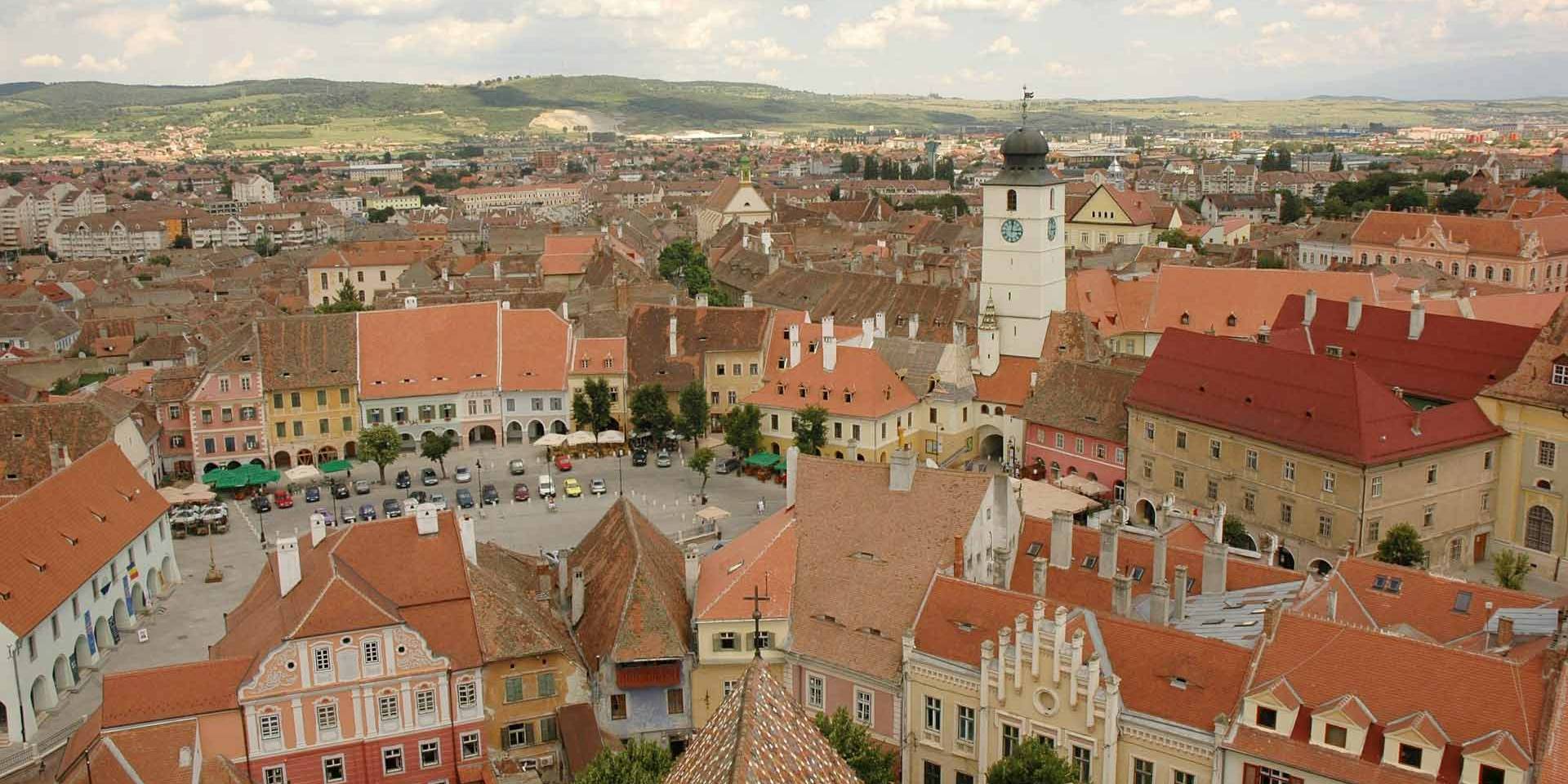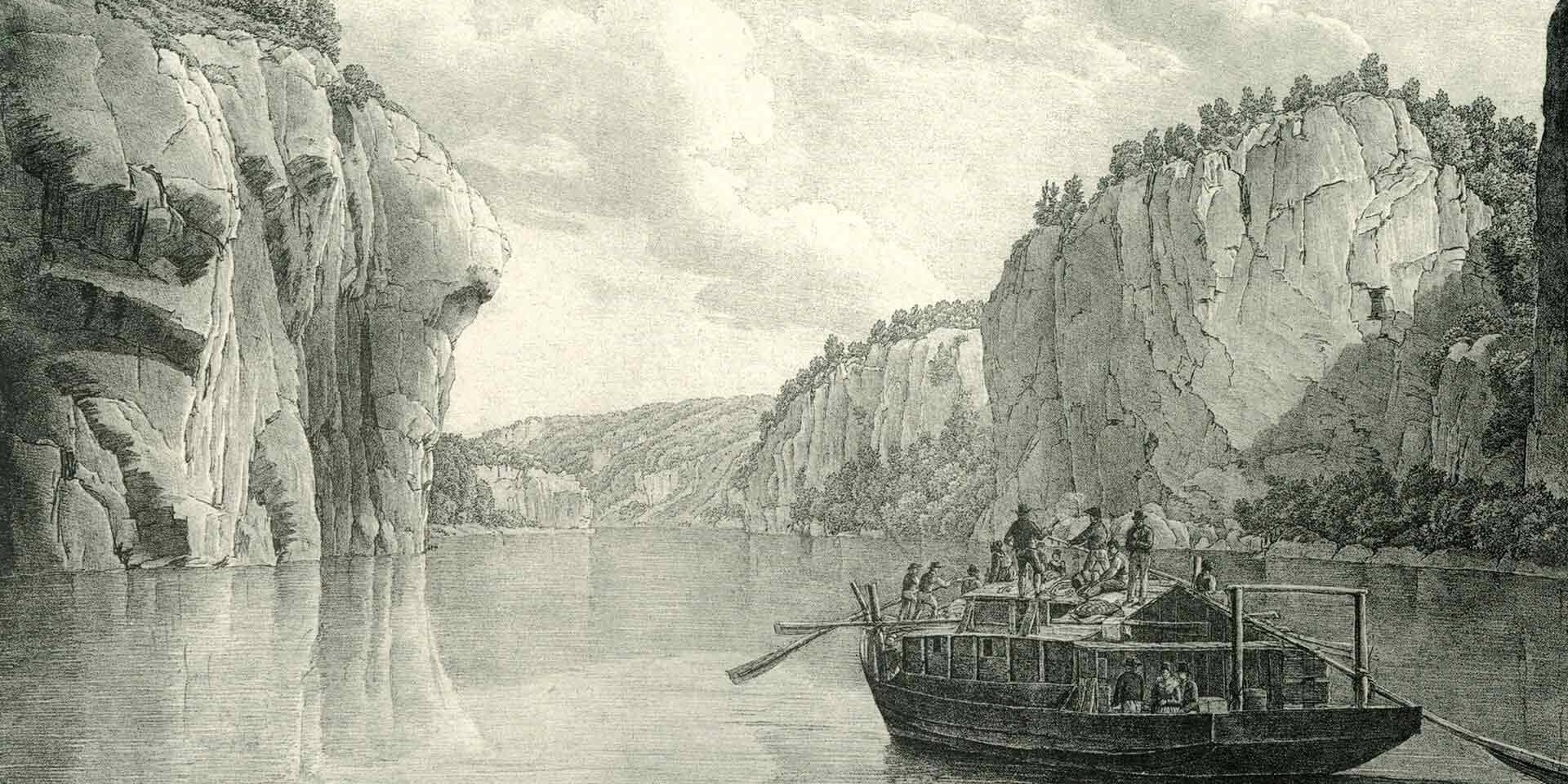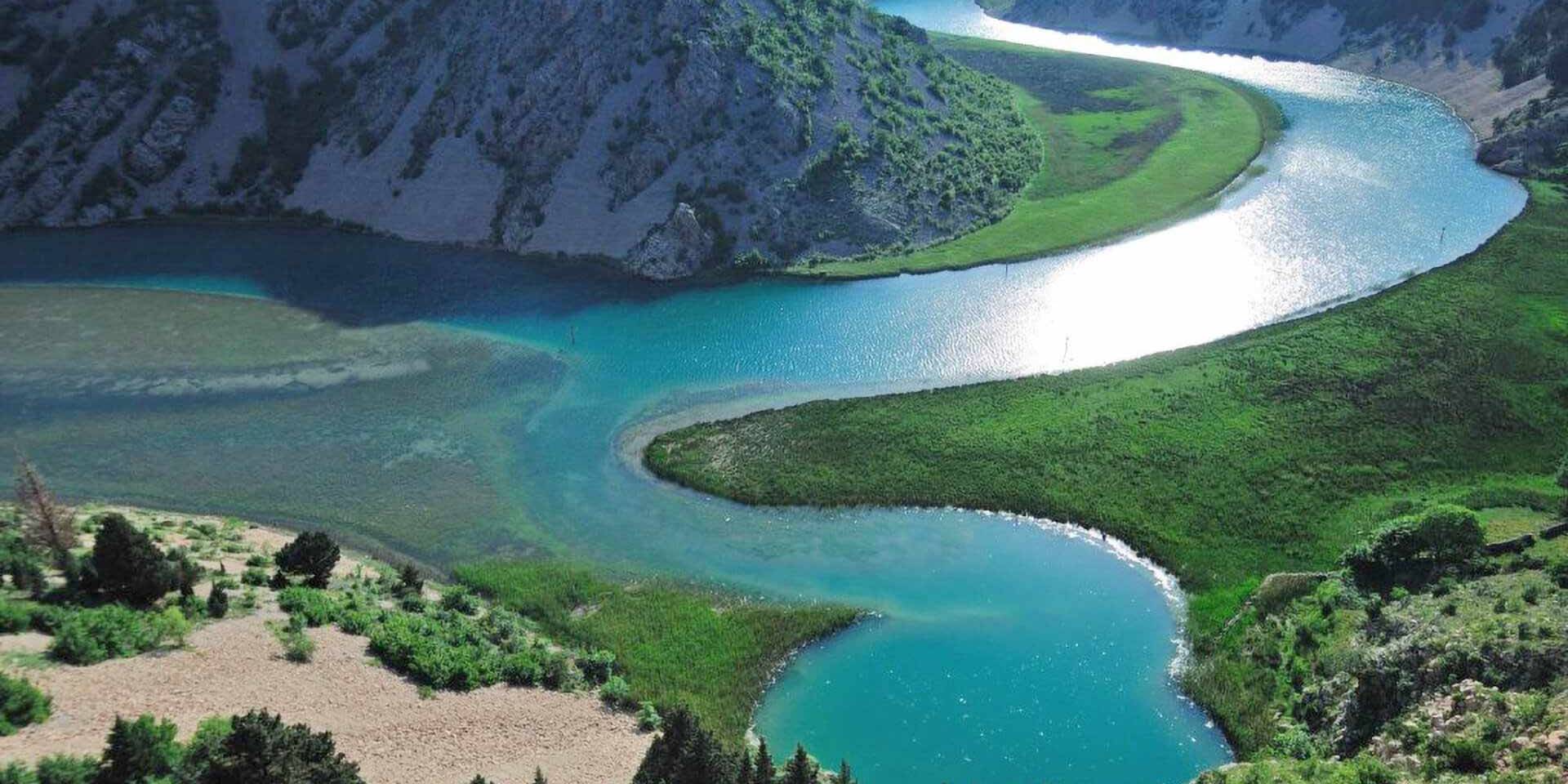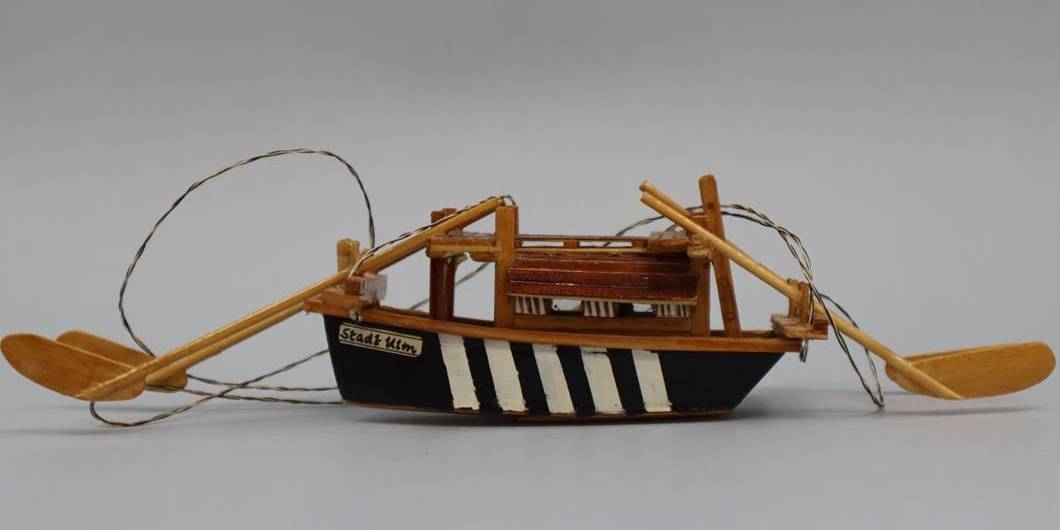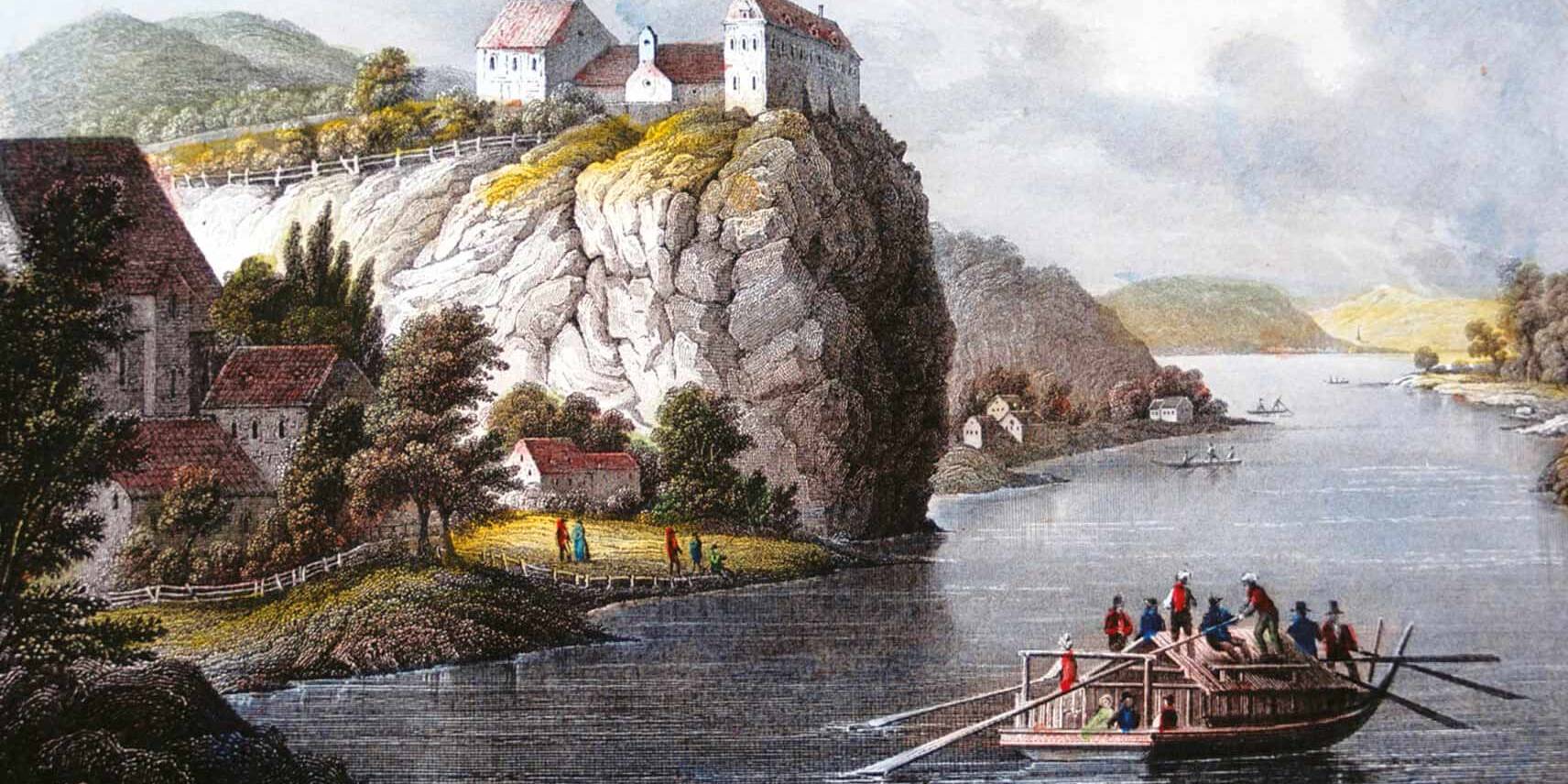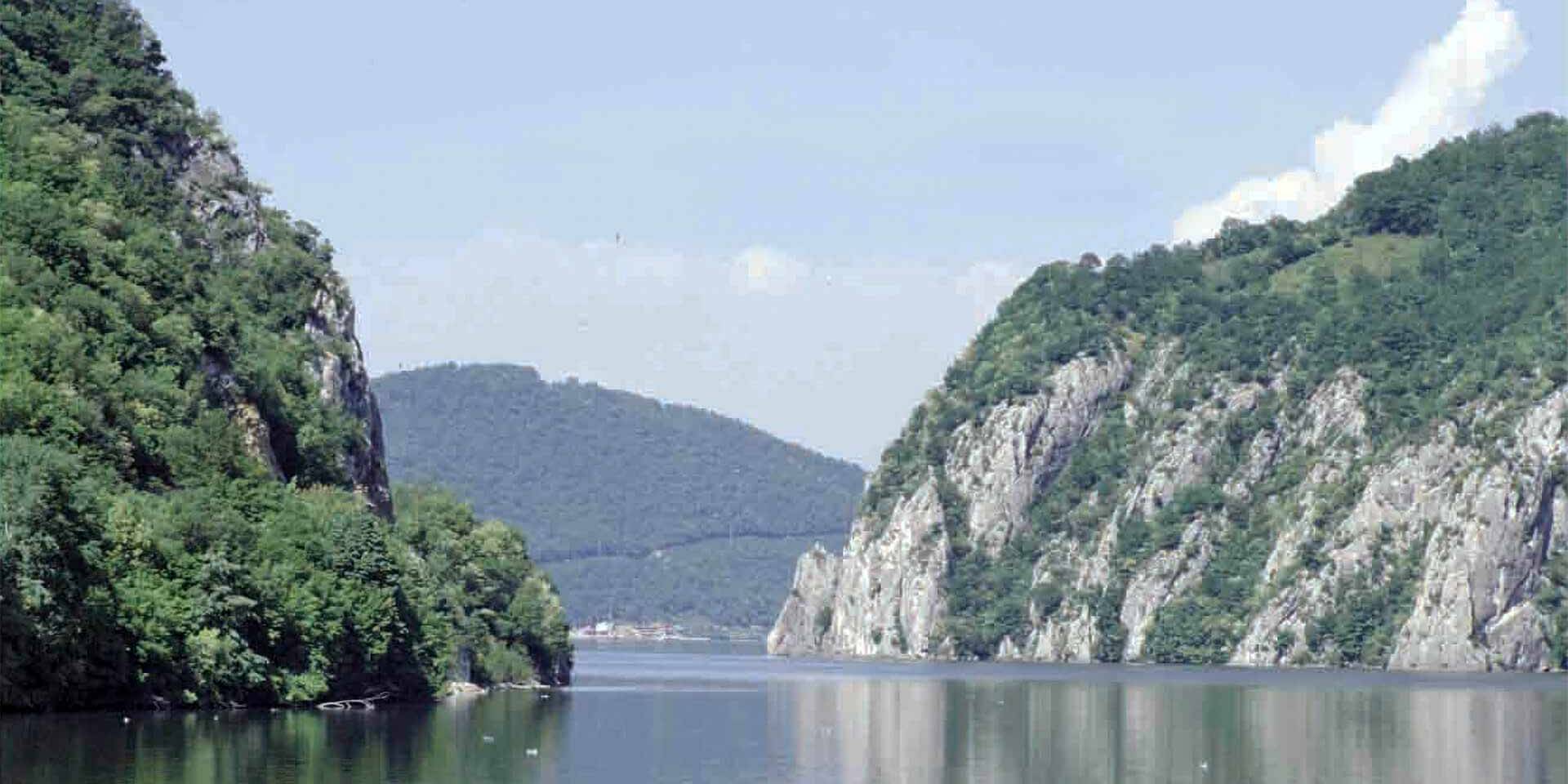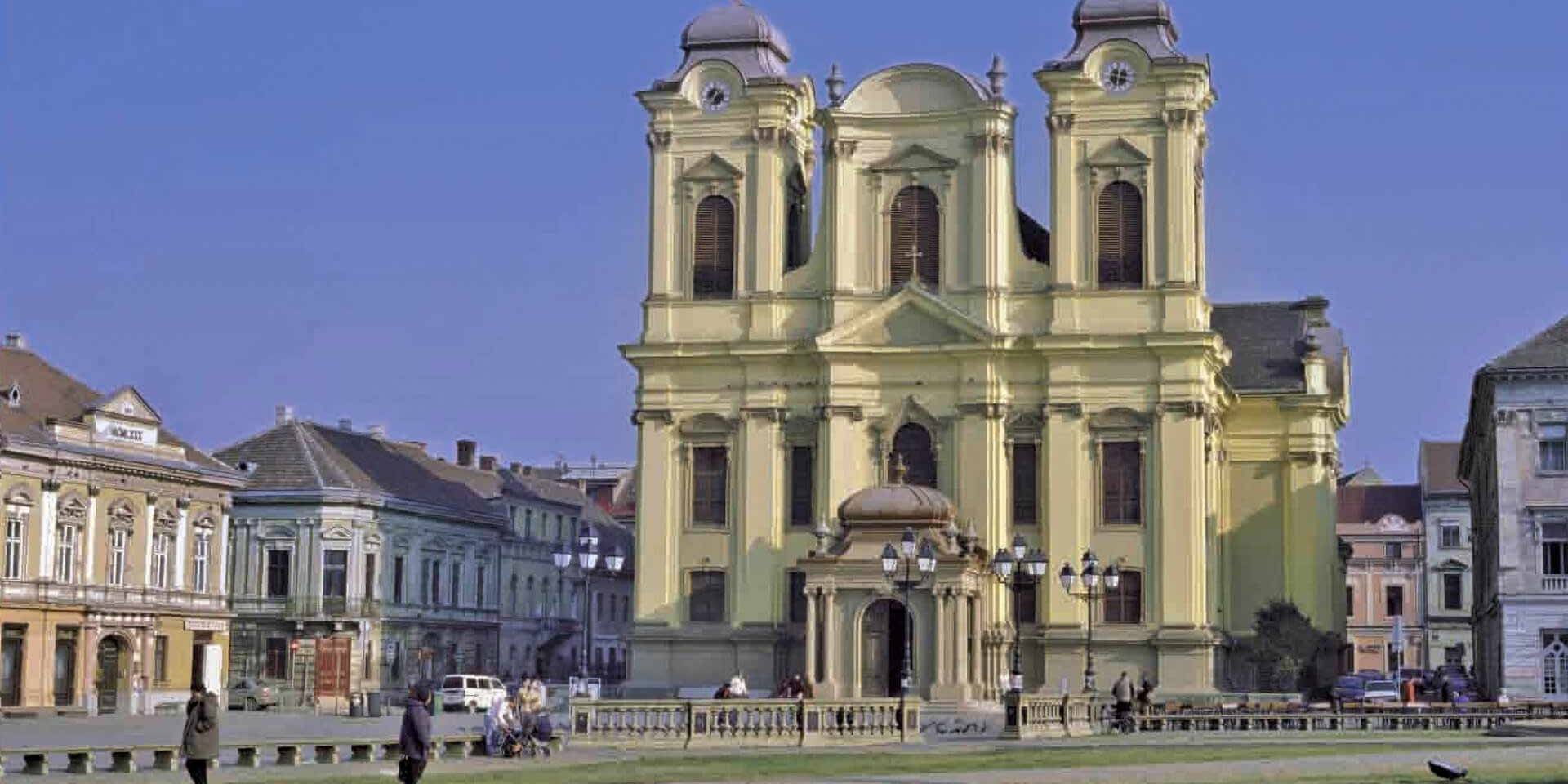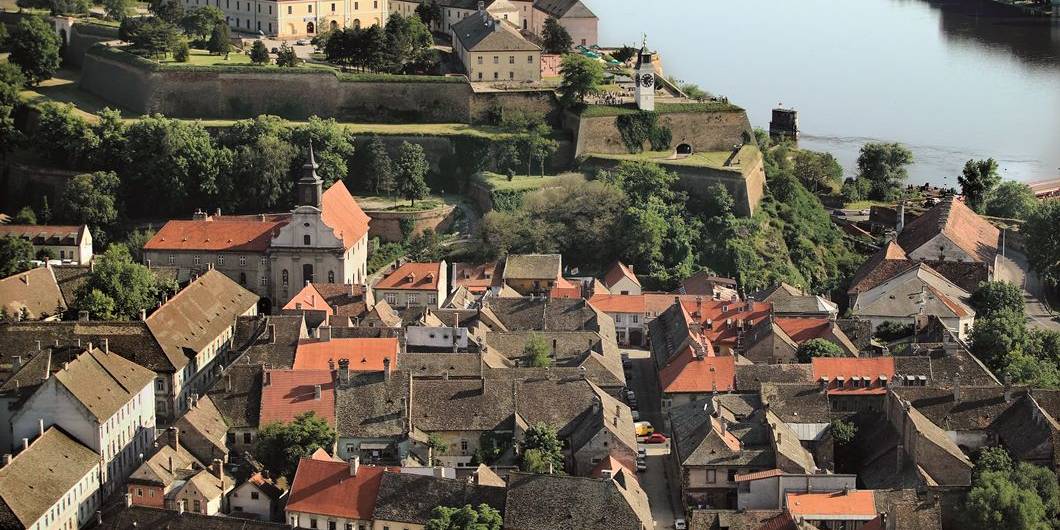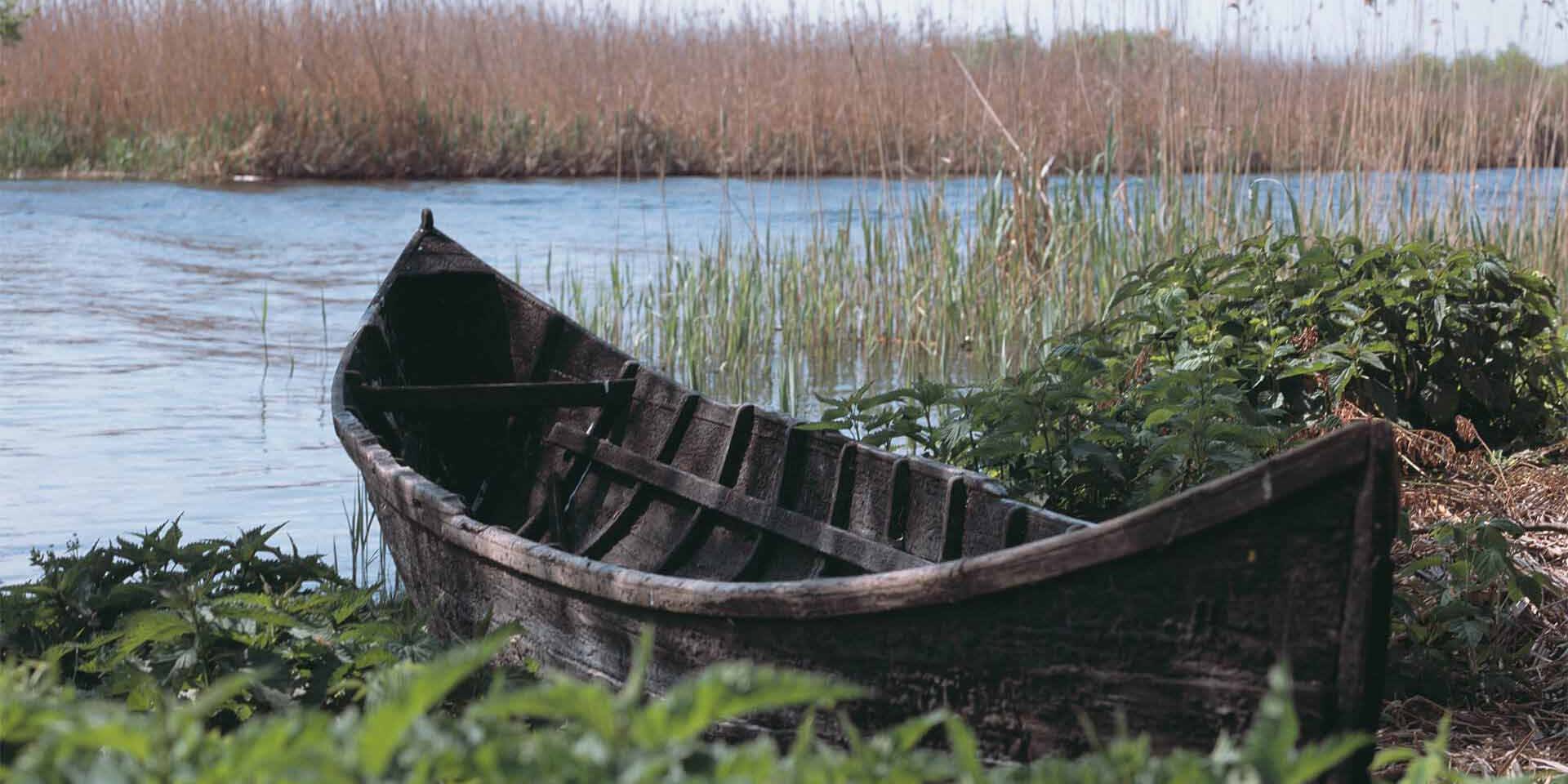Timisoara 1989
symbol of freedom
Rental exhibition with 6 displays
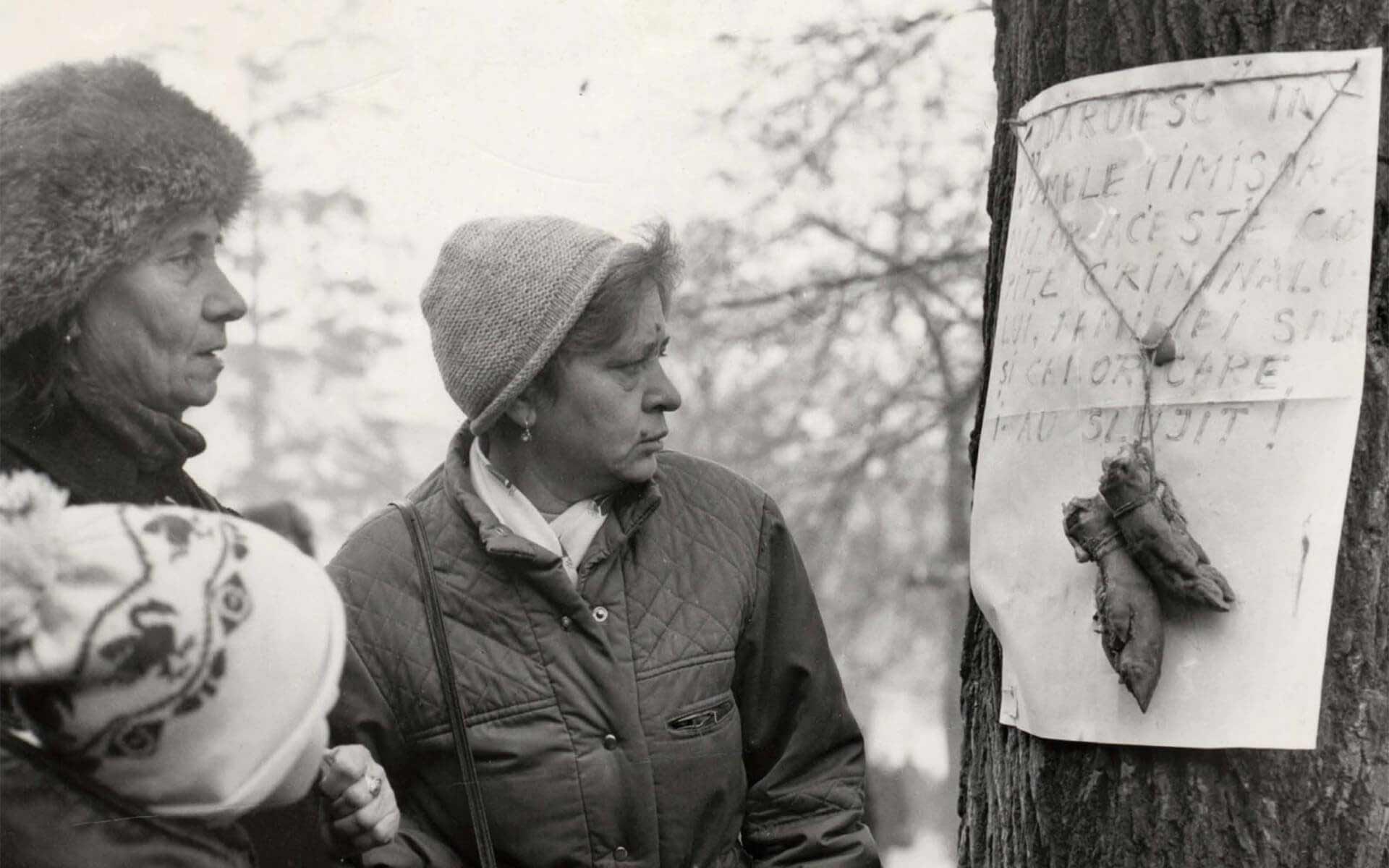
In 1989 the communist systems collapsed in Eastern Europe, especially Hungary and Poland. In November the Berlin Wall fell, in the same month the “soft revolution” took place in Prague, and in December 1989 the Ceauşescu system in Romania was overthrown, albeit violently. The starting point of the uprising was the city of Timisoara in the Banat. The large number of victims (376 dead and injured), many of whom were young adults, gave Timisoara the nickname “City of Martyrs”. On December 15, 1989, a handful of Timisoara citizens with vigils prevented the forced relocation of the reformed pastor of the Josefstadt parish, László Tökés. One day later, thousands were demonstrating for more democratic freedoms and the overthrow of the Ceauşescu dictatorship. The revolt spread across the country in a few days and led to the fall of the communist regime. Using photographs, press articles and manuscripts, the exhibition documents the decisive turning points of the revolution in Romania and the first free city of Timişoara / Timisoara.
Exhibition texts
The exhibition texts are in German.
Exhibition technology
The exhibition consists of 6 display elements measuring 90 x 220. Each element is packed in its own bag, the 6 bags are easy to transport. The individual display elements can be set up quickly and easily.
Loan Conditions
The insurance value of the exhibition is 6,000 euros. Associations and institutions can borrow the traveling exhibition free of charge. The exhibition can be transported with a normal car. A loan agreement is concluded for the loan.
Sponsors
The exhibition was realized by the Danube Swabian Central Museum Ulm and the cultural advisor for Southeast Europe.
Contact Person
Please inform yourself about the exhibition at (0731) 96 254-115.
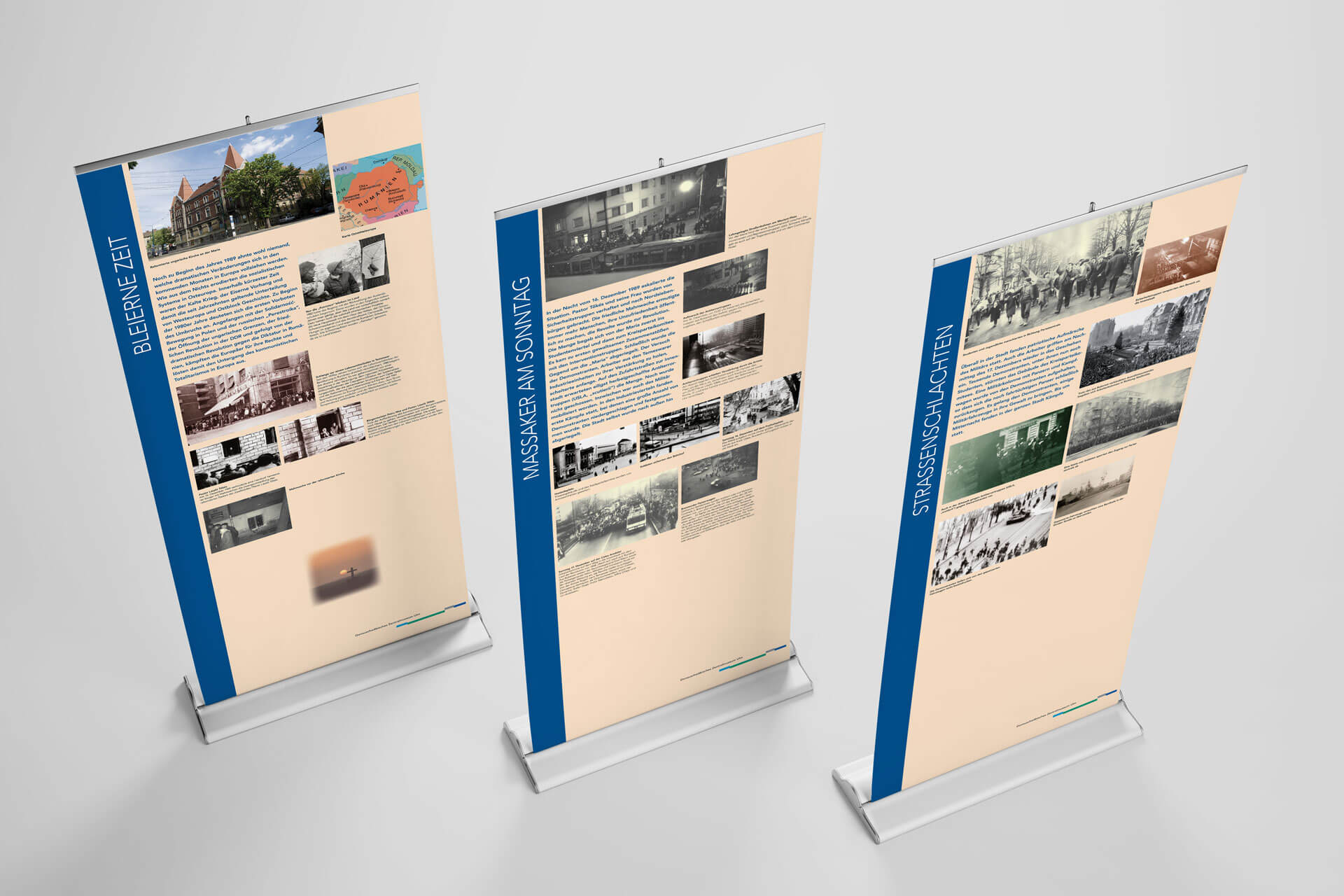
Other rental exhibitions
Between the Adriatic and the Danube – Croatia’s cultural diversity
20 displays in German / accompanying brochure in Croatian
“Faith made stone” – Church architecture in the Banat in the 18th century
20 displays in German / accompanying brochure in Romanian


